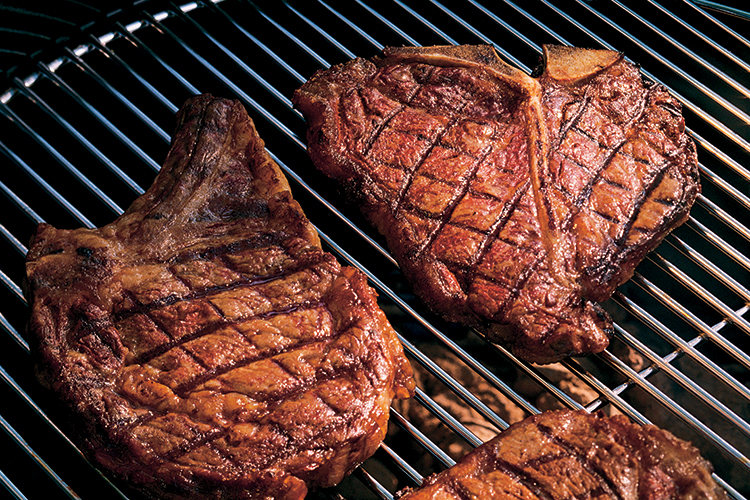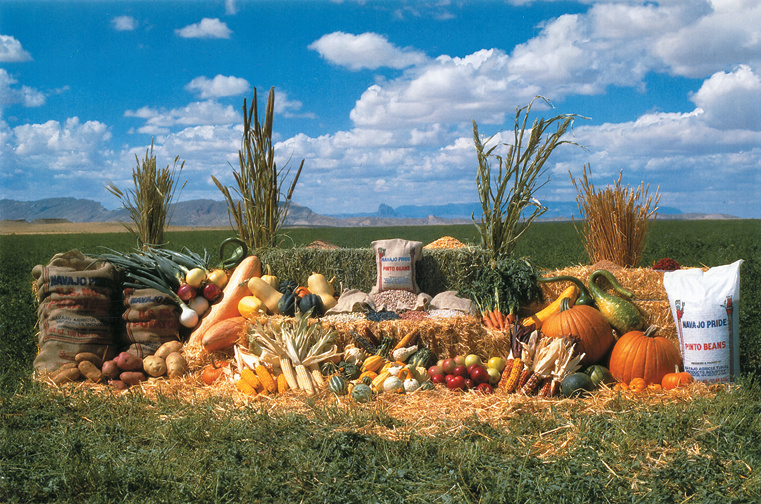Home > Montana > Montana Farm to Table > How Agricultural Organizations Are Helping Montana Tribal Farmers Thrive
How Agricultural Organizations Are Helping Montana Tribal Farmers Thrive

Tribal agriculture has deep roots in Montana, and today, agriculture remains one of the largest employers among the state’s tribal nations.
Montana is home to seven Indian reservations covering 8.5 million acres, or 9 percent of the state’s total landmass. Much of that is farm and grazing land.
Farming and ranching are vital to tribal economic development, which is why the Montana Department of Agriculture and organizations such as the Montana State University Extension and Intertribal Agriculture Council work to educate farmers on best production practices. They also teach farmers how to expand to new markets.
 The American Indian Foods International Export Program, administered by the Intertribal Agriculture Council and funded through the U.S. Department of Agriculture Foreign Agriculture Service, connects tribal agribusinesses to foreign markets. The program has introduced American Indian products to Asia and Europe and more recently to South America and the Middle East.
The American Indian Foods International Export Program, administered by the Intertribal Agriculture Council and funded through the U.S. Department of Agriculture Foreign Agriculture Service, connects tribal agribusinesses to foreign markets. The program has introduced American Indian products to Asia and Europe and more recently to South America and the Middle East.
“We conduct about seven international trade shows around the world,” says Nathan Notah, American Indian Foods program director. “We have retail promotions and also host buyers’ missions. We bring foreign buyers to our tribes to visit production facilities.”
Buyers can see the operation and meet with tribal leaders. “In years past, tribal companies would sell just to the local and regional trades,” Notah says. “If they want to do something more value-added, to add more to their products and so forth, the American Indian Foods program gives them an avenue.”
The Montana State University Extension assists tribal nations in developing profitable farming and ranching techniques. It also encourages youth participation in agriculture through 4-H and educational programs.

The U.S. Department of Agriculture hosts the Montana USDA Tribal Outreach Forum in Bozeman, educating tribal producers and leaders about federal and state assistance, activities, and initiatives.
“The extension service works arm in arm with the Intertribal Agriculture Council,” says Anita Matt, Intertribal Agriculture Council technical assistance specialist. She covers the Rocky Mountain region.
Montana State University has extension agents on or around reservations, Matt notes.
“The agents help educate farmers, for instance, on what grows best based on the kind of soil they have,” she says. “They also help people to grow gardens or different crops.
“In addition, the extension service has all kinds of educational programs, and it’s also on the ground with the Montana 4-H program,” she adds.



